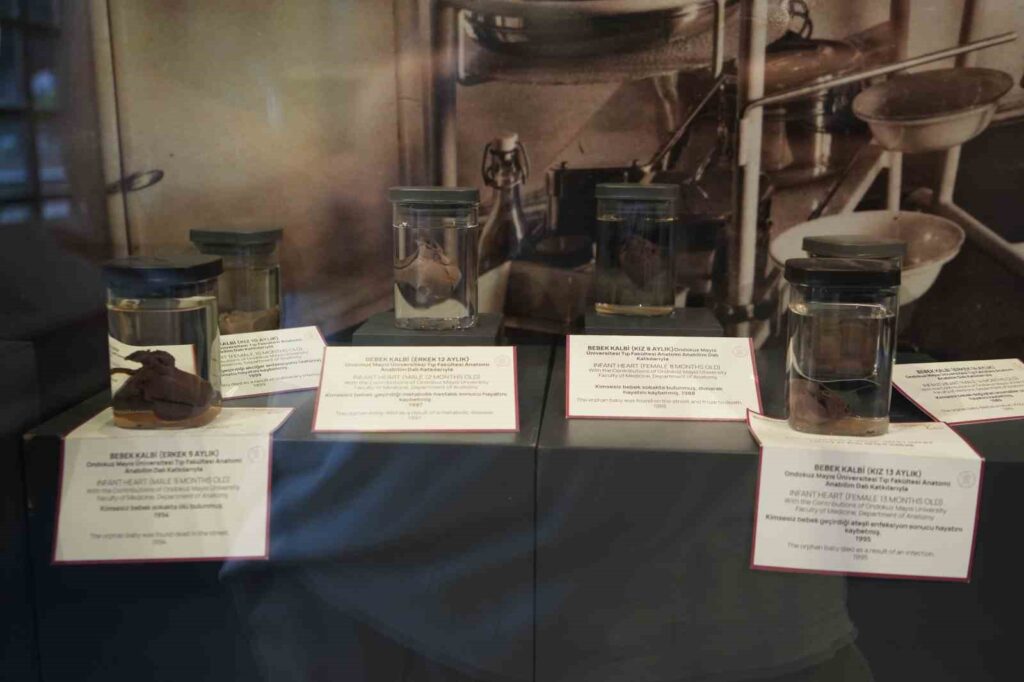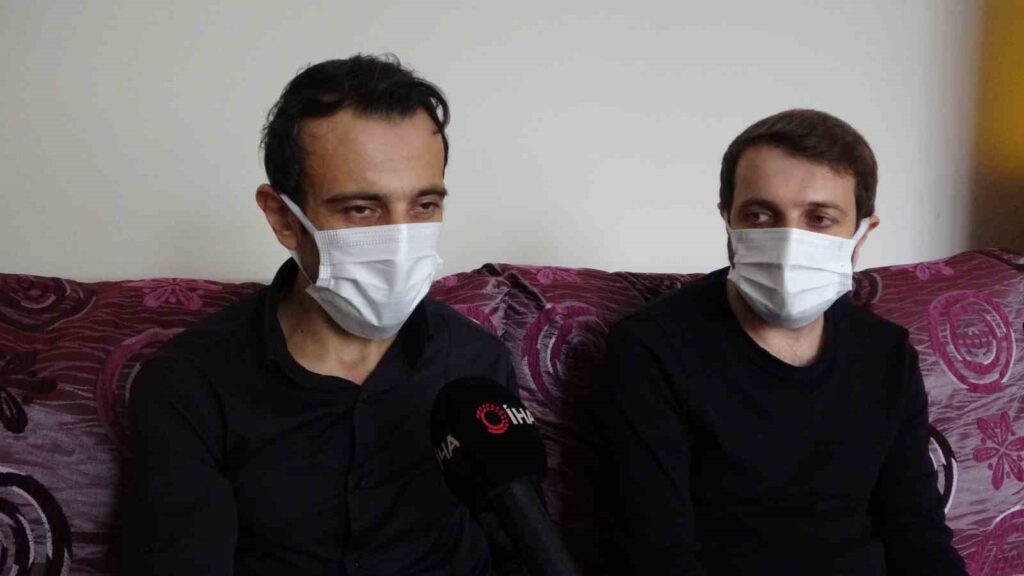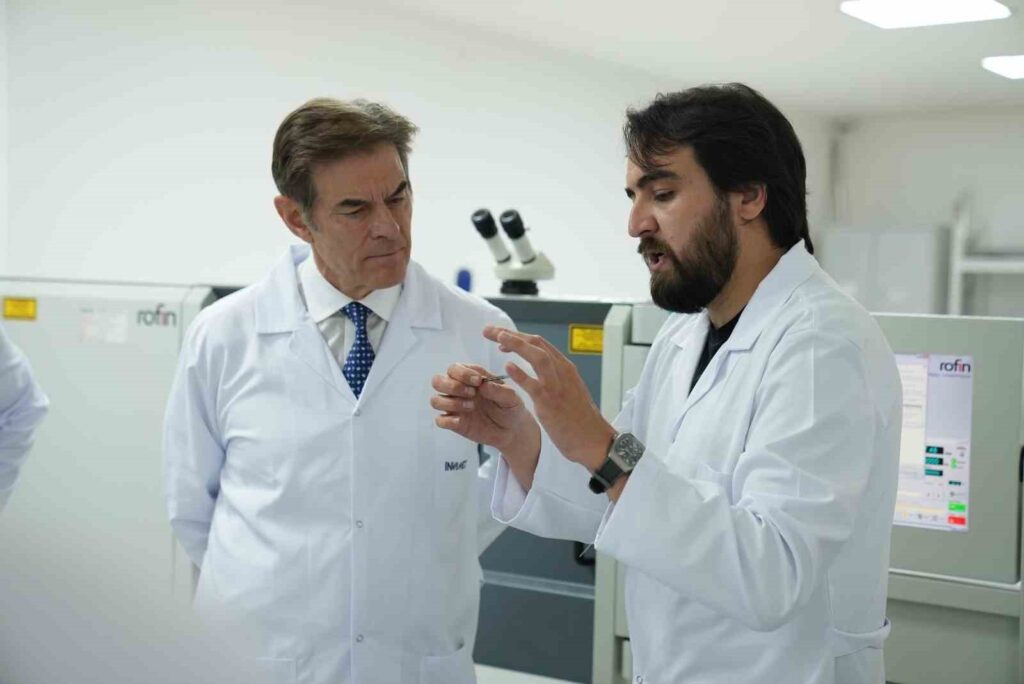Warning from Prof. Dr. Başaran: “There has been an increase in hip pain after the pandemic”
Prof. Dr. Serdar Hakan Başaran, an Orthopedics and Traumatology Specialist at Bakırköy Dr. Sadi Konuk Training and Research Hospital, stated that there has been an increase in complaints of hip pain following the coronavirus. Prof. Dr. Serdar Hakan Başaran mentioned that after the coronavirus…

Professor Dr. Serdar Hakan Başaran, an Orthopedics and Traumatology Specialist at Bakırköy Dr. Sadi Konuk Education and Research Hospital, stated that there has been an increase in complaints of hip pain after coronavirus.
Professor Dr. Serdar Hakan Başaran made a written statement indicating that the number of people experiencing hip pain in society has increased after coronavirus. The statement noted that ongoing fatigue and weakness affect mobility and muscle strength, triggering hip disorders.
“The disease can worsen hip osteoarthritis”
Stating that coronavirus can also lead to joint inflammation, joint pain, and stiffness, Professor Dr. Serdar Hakan Başaran said, “The disease can worsen pre-existing hip osteoarthritis or trigger new forms of osteoarthritis, leading to long-term hip pain. Issues with coagulation related to the disease or impaired blood flow due to steroid use can cause ‘avascular necrosis’ or bone death in the hip. Neuropathic pain resulting from potential nerve damage associated with coronavirus can affect the hip region. Additionally, stress, anxiety, and depression related to the disease can manifest as physical symptoms, including pain,” he said.
“It can cause nighttime pain”
Emphasizing that hip pain, especially in cases of avascular necrosis, initially starts off mild after coronavirus, Başaran noted, “The disease primarily begins with mild pain and restricted movements. In more advanced stages, it can lead to throbbing nighttime pain. If the pain is neglected, it can severely restrict movements in the hip, causing pain that radiates from the groin to the inner side of the knee. The patient may experience difficulty going up and down stairs.”
“We resort to imaging methods”
Stating that patients should consult a physician when there is hip pain that does not go away for a while, Başaran said, “When the patient comes to us, we first take their medical history. Then we resort to imaging methods. Among the imaging methods, especially MRI can show us the impairment in hip nutrition and the bone death within the hip bone. We can easily establish the diagnosis at an early stage with these. In more advanced stages, it becomes visible even with hip X-rays.”
“Treatment is arranged according to the stage of the disease”
Professor Dr. Serdar Hakan Başaran stated that treatment is arranged according to the stage of the disease, saying, “For patients in mild conditions, we prescribe medication and rest. If necessary, we provide physical therapy. In more advanced cases, channels or holes can be opened through a small incision in the hip head to reduce pressure due to swelling and encourage the formation of new blood vessels. This surgery can help reduce pain and improve function in early-stage avascular necrosis, but its effectiveness decreases in more advanced cases. In some situations, it can delay the need for more extensive surgery such as hip prosthesis.”
“If the shape of the hip head is altered, and osteoarthritis occurs, hip prosthesis is applied”
Emphasizing that hip prosthesis is applied in cases where the shape of the hip head is altered and osteoarthritis occurs, Başaran stated, “Also known as hip arthroplasty, it is a surgical procedure performed to remove the damaged or diseased parts of the hip joint and replace them with artificial components (prostheses). This surgery is typically performed to relieve pain and improve function in patients with osteoarthritis, avascular necrosis, or serious hip fractures. Hip prosthesis surgery can significantly reduce pain and improve mobility, allowing many patients to return to their daily activities and enjoy a better quality of life. However, as with any surgery, there are risks such as infection, blood clots, and wear of the prosthesis over time.”






